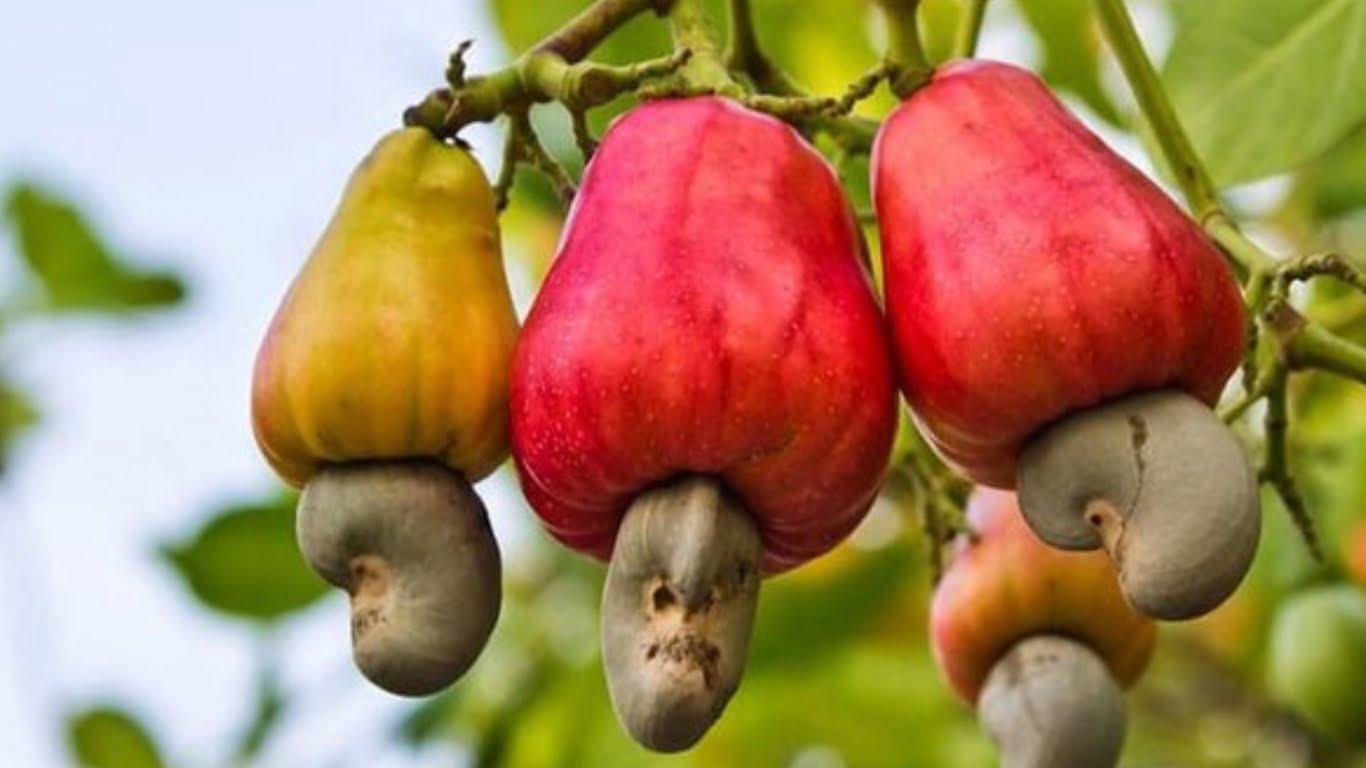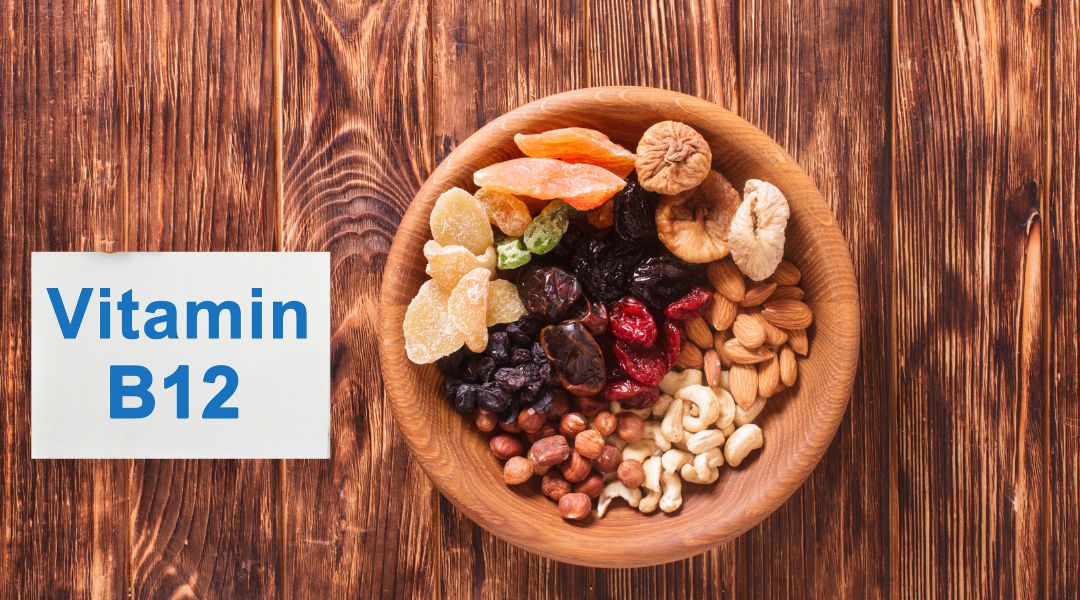Definition of Cashew Shell
Cashew shell refers to the hard outer covering or shell that encases the cashew nut (also known as the cashew kernel). The cashew shell is derived from the fruit of the cashew tree, scientifically known as Anacardium occidentale. It is a tropical evergreen tree native to Brazil, but it is now widely cultivated in various regions with suitable climates, such as India, Vietnam, Nigeria, and Tanzania.
Introduction
The cashew shell, also known as the cashew nut shell, is the hard outer covering that protects the cashew kernel or nut. It is a tough and rigid shell that is typically discarded during the cashew processing. This is composed of a toxic resin called cashew shell oil, which can cause severe skin irritation and burns. However, the shell has also been recognized for its potential uses in various industries, such as biofuel production, agriculture, and manufacturing of polymers and adhesives.
Uses of Cashew Shells
Despite being often considered as a waste product in the cashew industry, cashew shells possess significant importance and have various uses:
Energy Production
Cashew shells are rich in lignocellulosic biomass, which can be used as a renewable energy source. They can be burned to produce heat and generate steam, which can power boilers and turbines to generate electricity.
Industrial Applications

Cashew Shell Oil: This contains a viscous and dark-colored oil known as cashew shell oil or CNSL (Cashew Nut Shell Liquid). It is extracted from the shell and finds applications in the production of various industrial materials such as resins, paints, varnishes, and coatings.
Cashew Shell Liquid: Its liquid is a byproduct obtained during the extraction of cashew shell oil. It is used as a raw material in the manufacturing of insecticides, fungicides, brake linings, rubber compounding, and other industrial applications.
Resins and Adhesives:Its based resins and adhesives have gained popularity due to their strong adhesive properties. They are used in the production of laminates, plywood, paints, and other adhesive applications.
Agricultural Uses
Fertilizers: Cashew shells can be processed to produce organic fertilizers. By composting or converting them into biochar, they contribute to soil enrichment and improve its water-holding capacity and nutrient content.
Animal Feed: Ground cashew shells can be used as an ingredient in animal feed, providing a source of fiber and minerals.
Other Applications
Handicrafts: Cashew shells are often used for crafting decorative items, jewelry, and other handicrafts due to their unique shape and durability.
Charcoal Production: When subjected to controlled heating in the absence of oxygen, can be converted into charcoal. Cashew shell charcoal has applications in cooking, water filtration, and industrial processes.
Can you eat a cashew fruit?

Yes, Can you eat a cashew fruit, also known as the cashew apple, is a tropical fruit that is often overlooked. While cashew nut is widely consumed and recognized, the cashew fruit is less common in culinary practices. However, Cashew fruit is indeed edible and offers a unique and refreshing taste. It is juicy and has a sweet and tangy flavor, reminiscent of a blend of mango and apple. In some regions, it is used to make juices, jams, and even alcoholic beverages. Although the cashew fruit is not as widely consumed as its nut counterpart, it can be enjoyed as a delicious and exotic treat. Can you eat a cashew fruit easily and giving a delicious taste from these.
Structure of Cashew Shell

A protective outer layer of the cashew nut, possesses a unique structure and composition. It consists of three layers: the outer pericarp, the middle mesocarp, and the inner endocarp. The pericarp contains phenolic compounds, such as anacardic acid, which exhibits antimicrobial properties. The mesocarp is fibrous and comprises cellulose, hemicellulose, and lignin. The endocarp, known as the cashew shell liquid layer, contains potent allergenic compounds like cardol and anacardic acid derivatives. This composition contributes to the shell’s hardness and resistance to degradation.
Physical characteristics
- Cashew shells are hard and durable, typically oval-shaped with a curved surface.
- They have a smooth and glossy outer layer that ranges in color from pale yellow to light brown.
- The shell is composed of two main layers: the outer pericarp and the inner testa.
- The pericarp is thicker and tougher, providing protection to the seed within.
- The size of cashew shells can vary, but they are generally about 2-3 centimeters in length and 1-2 centimeters in width.
- The shells are relatively lightweight compared to other nut shells.
Chemical composition
Major components
- Cellulose: These contain a significant amount of cellulose, which is a complex carbohydrate and the primary structural component of plant cell walls.
- Lignin: Another major component of cashew shells is lignin, a complex polymer that provides rigidity and strength to the cell walls.
- Tannins: These are rich in tannins, which are phenolic compounds that contribute to their astringent taste and antioxidant properties.
- Resins: The shells also contain various types of resins, which are responsible for their adhesive and waterproof properties.
- Minerals: These contains minerals such as calcium, magnesium, potassium, phosphorus, and trace amounts of iron.
Nutritional value
These are not consumed as food products due to their toxic and irritant properties, so their nutritional value is not relevant for human consumption.
- However, they can be used as a source of energy through various industrial processes.
- Cashew shells have a high calorific value, primarily due to the presence of cellulose and lignin, making them suitable for energy generation and fuel production.
It’s important to note that it should not be ingested or used without proper processing or under expert guidance, as they contain toxic substances like anacardic acid and cardol that can cause skin irritation, allergies, and other adverse effects.
Cashew yogurt

Cashew yogurt is a plant-based alternative to traditional dairy yogurt, made from cashew nuts. It has gained popularity among those following a vegan or dairy-free diet, as well as individuals seeking a nutritious and delicious yogurt option.
To make cashew yogurt, raw cashews are soaked overnight to soften them. The softened cashews are then blended with water until a smooth, creamy consistency is achieved. This mixture serves as the base for the yogurt.
This offers numerous health benefits. It is rich in essential nutrients like protein, healthy fats, vitamins, and minerals. Cashews are a good source of plant-based protein, which is essential for muscle growth and repair. They also contain heart-healthy monounsaturated fats and are naturally cholesterol-free. Additionally, cashews provide essential minerals such as magnesium, zinc, and phosphorus.
Chocolate Covered Cashews

Chocolate-covered cashews are a delectable treat that combines the irresistible crunch of cashews with the smooth sweetness of chocolate. This delightful combination has gained popularity among chocolate lovers and snack enthusiasts alike.
After the cashews have been coated in chocolate, they are often placed on a baking sheet lined with parchment paper or a silicone mat to allow the chocolate to set. This step is crucial as it ensures that the chocolate hardens and forms a protective shell around the cashews.
The resulting chocolate-covered cashews offer a delightful contrast of textures and flavors. The creamy and velvety chocolate pairs perfectly with the buttery and slightly salty cashews, creating a harmonious taste experience. This combination also appeals to those who enjoy the balance between sweet and savory flavors.
Cashew Queso

Cashew queso is a delicious and versatile dairy-free alternative to traditional cheese dips. Made from cashews, this plant-based queso offers a creamy texture and a rich, savory flavor that can satisfy any cheese lover’s cravings.
One of the key benefits of cashew queso is its nutritional profile. Cashews are a good source of healthy fats, protein, and essential minerals like magnesium, zinc, and copper. Additionally, they are naturally cholesterol-free and low in saturated fats, making this a healthier option compared to traditional cheese dips.
Candied Cashews

Candied cashews are a delightful and addictive snack that combines the natural goodness of cashews with a sweet and crunchy coating. This delectable treat is made by coating whole or halved cashews with a mixture of sugar, butter, and various flavorings before baking them to perfection.
Candied cashews, a mixture of sugar and butter is heated until melted and caramelized. This sticky syrup is then combined with the cashews, ensuring that each nut is thoroughly coated. The addition of flavorings such as vanilla extract, cinnamon, or a hint of salt enhances the overall taste profile.
These delectable treats are not only a delight for the taste buds but also a versatile snack. They can be enjoyed on their own, added to salads for a delightful crunch, or used as a topping for desserts like ice cream or cakes. Candied cashews also make a wonderful homemade gift or party favor.
Processing and Extraction of Cashew Shell

Processing and extraction of this involves several steps to obtain valuable products from the cashew shell, which is the outer layer of the cashew nut. Initially, they are dried and then roasted to remove any residual moisture. The roasted shells are then crushed to obtain this pieces. These pieces are further processed through mechanical or chemical methods to extract it, which is used in various industries. The remaining shell residue is used to produce cashew nut shell liquid, a versatile substance utilized in paints, resins, and industrial applications.
l
Harvesting cashew nuts and shells
- Cashew nuts grow on cashew trees, which are primarily cultivated in tropical regions.
- The harvesting process involves manually picking the cashew fruits or using tools such as long poles to shake the tree branches and collect the fallen fruits.
- Cashew nuts are attached to the bottom of the cashew apple, while the cashew shell surrounds the nut.
Separation of cashew nuts and shells
- After harvesting, the cashew fruits are transported to processing units.
- At the processing facility, the cashew apples are separated from the nuts.
- This can be done manually by removing the cashew apple or using machinery that separates the fruits from the nuts.
Cleaning and drying of cashew shells
- Once the cashew nuts are separated, the remaining cashew shells need to be cleaned and dried.
- The shells are typically washed to remove any dirt, dust, or impurities.
- After cleaning, the shells are spread out in the sun or placed in drying machines to reduce the moisture content.
- Proper drying helps prevent the growth of mold or fungi and ensures the shells are ready for further processing.
Mechanical and manual extraction methods
- Mechanical extraction methods involve the use of specialized machines to separate the cashew shell from the nut.
- One common mechanical method is the use of this cracking machines, which apply controlled pressure to crack open the shell and release the nut.
- Manual extraction methods involve skilled laborers using hand tools to crack open and retrieve the nut.
- Manual extraction requires precision and experience to avoid damaging the cashew nut inside.
Planters Cashews
These are a popular brand of cashew nuts that have gained recognition for their high quality and superior taste. These nuts come from the cashew tree, scientifically known as Anacardium occidentale. Planters Cashews are meticulously selected and processed to ensure they meet the highest standards of flavor and freshness.
The cashew tree is native to Brazil but is now cultivated in various regions across the world, including India, Vietnam, and Africa. The nuts grow on the end of a cashew apple, which is a pear-shaped fruit. However, it’s the kidney-shaped cashew nut itself that steals the show.
Environmental and Health Considerations of Cashew Shell
These pose environmental and health considerations. Firstly, their disposal can contribute to environmental pollution due to their slow decomposition and release of toxic substances. When burned, they release harmful emissions, including carbon monoxide and particulate matter. Moreover, handling cashew shells without proper protection can cause skin irritation and allergic reactions. Their dust can also lead to respiratory issues. Therefore, it is crucial to implement proper waste management practices and protective measures when dealing to mitigate these environmental and health risks.
Environmental Impact of Cashew Shell

This has significant environmental impacts. When burned for fuel or disposed of improperly, it releases toxic fumes and pollutants. Improper disposal also leads to soil and water contamination. However, the shell can be repurposed as biofuel or used in sustainable manufacturing, reducing its negative environmental effects.
Waste Management
- Cashew shells are a byproduct of cashew processing and can generate a significant amount of waste if not managed properly.
- Effective waste management practices should be implemented to reduce the environmental impact of disposal.
- Recycling and reusing it can be an environmentally friendly approach to minimize waste generation.
- Composting can contribute to organic waste management and soil enrichment.
Pollution Control
- Improper disposal of this can lead to environmental pollution.
- Open burning of cashew shells releases harmful pollutants into the air, contributing to air pollution and respiratory problems.
- It contains oil and resin, which can contaminate water bodies if dumped directly or improperly stored.
- Appropriate measures, such as controlled incineration or safe disposal in designated landfills, should be adopted to prevent pollution.
Occupational Health Hazards
Cashew shell poses occupational health hazards due to its toxic components. Exposure to this oil can lead to skin irritation, dermatitis, and respiratory problems. Inhalation of it dust can cause lung damage and allergic reactions. Protective measures like gloves, masks, and proper ventilation are crucial when handling.
Toxicity Concerns

- It contains a toxic substance called anacardic acid, which can cause skin irritations and allergic reactions in some individuals.
- Workers involved in cashew processing and shell extraction may be at risk of exposure to anacardic acid and other toxic compounds present in the shells.
- Prolonged exposure to this dust can lead to respiratory issues, including asthma and bronchitis.
- It is important to raise awareness among workers about the potential toxicity of cashew shells and provide appropriate training on handling and protective measures.
Safety Precautions
- Personal protective equipment (PPE) should be provided to workers handling cashew shells, including gloves, goggles, and respiratory protection.
- Adequate ventilation systems should be in place to minimize the inhalation of dust particles during this process.
- Regular monitoring of workplace air quality and hygiene practices is essential to ensure the safety of workers.
- Education and training programs should be conducted to promote awareness of occupational hazards and proper handling techniques.
Conclusion
In conclusion, this possesses significant potential for various applications. While often discarded as waste, these shells can be transformed into valuable resources. They contain a rich source of phenolic compounds that exhibit antioxidant, antimicrobial, and anti-inflammatory properties. Extracting these compounds from this could lead to the development of natural additives for food preservation, pharmaceutical formulations, and cosmetic products. Furthermore, the high energy content of cashew shells makes them an attractive candidate for biofuel production. By exploring innovative extraction and processing techniques, we can harness the untapped potential of cashew shells, turning them into a sustainable and economically viable resource with multiple applications.






